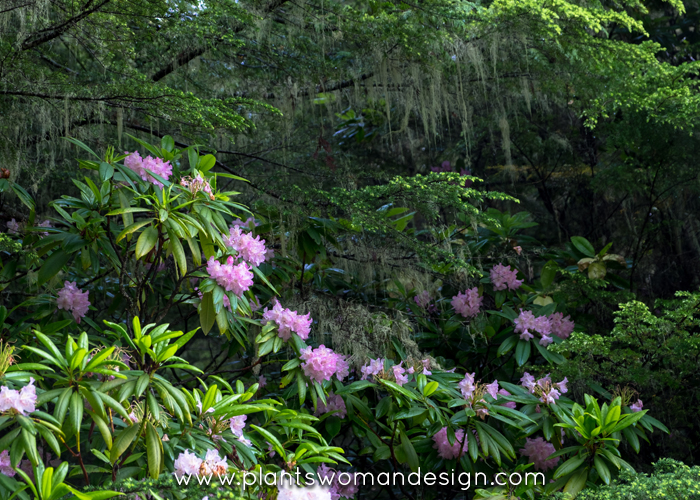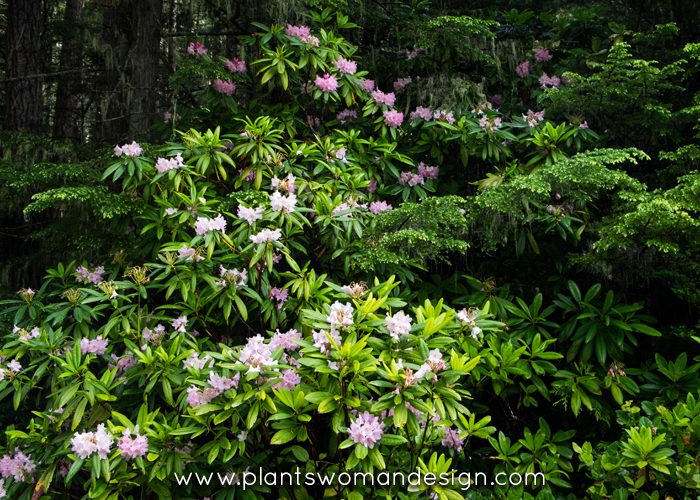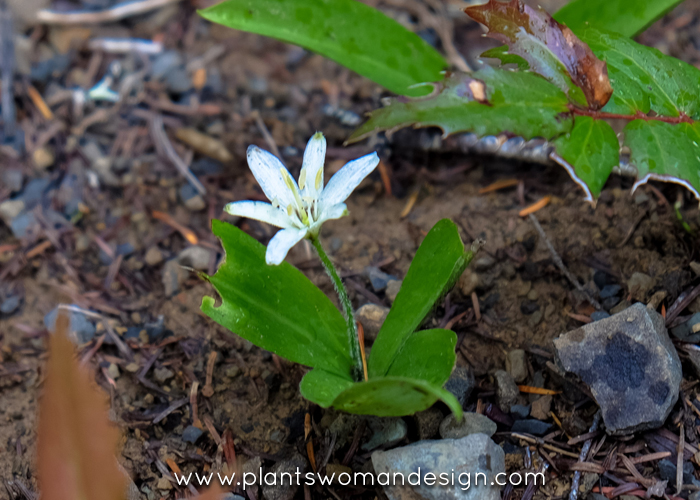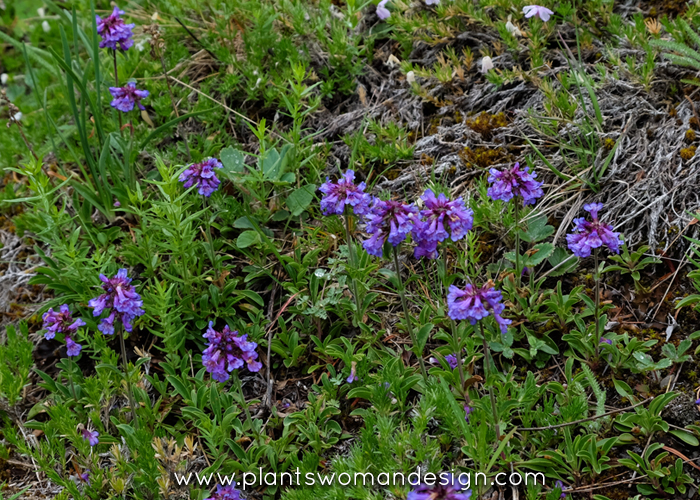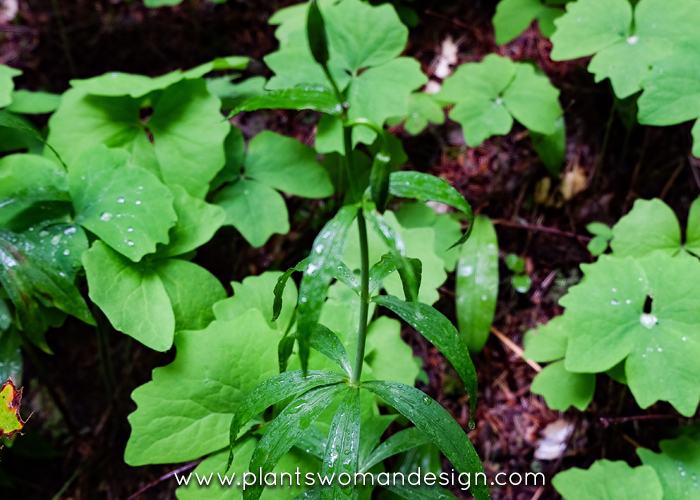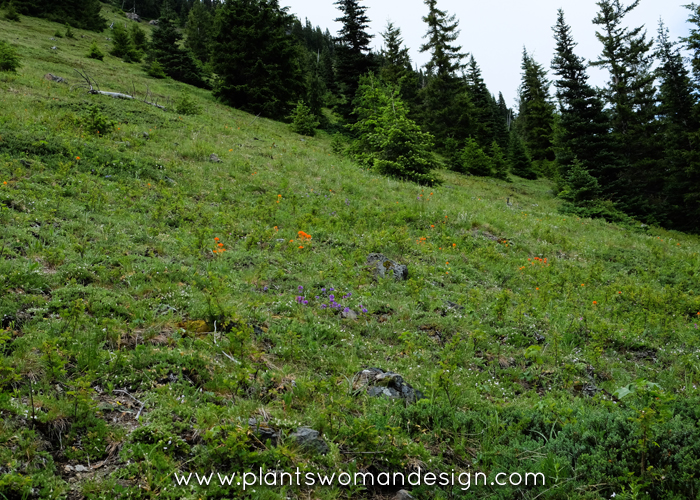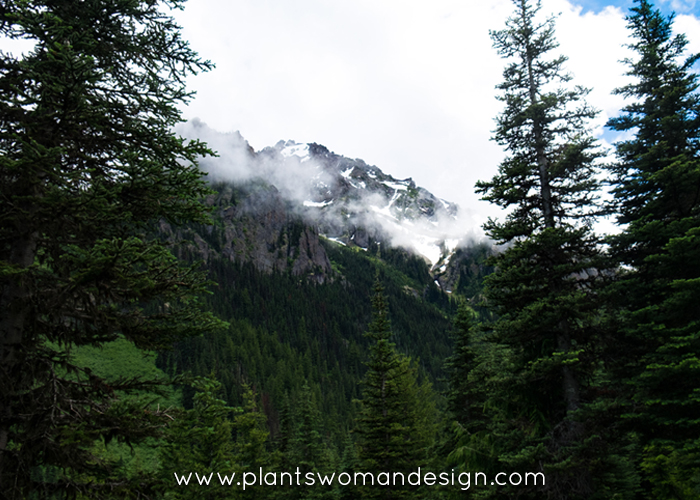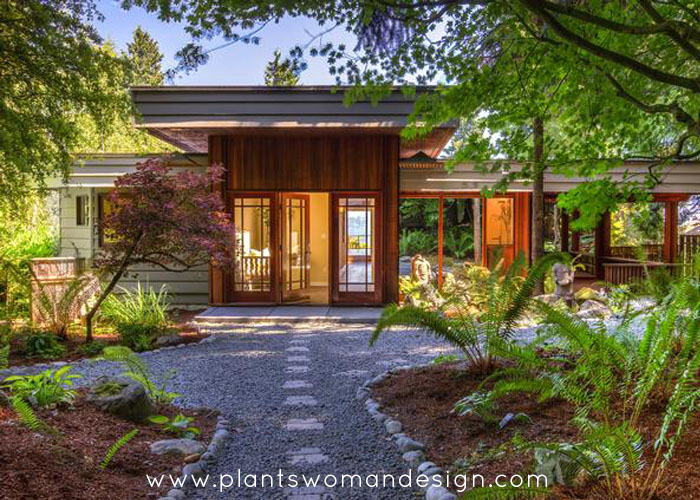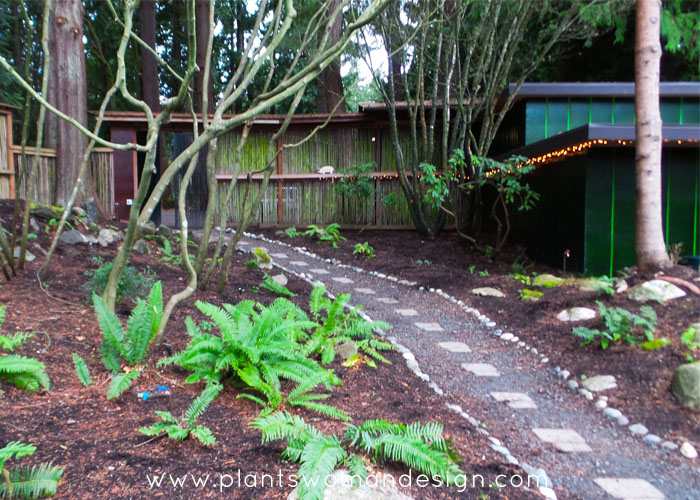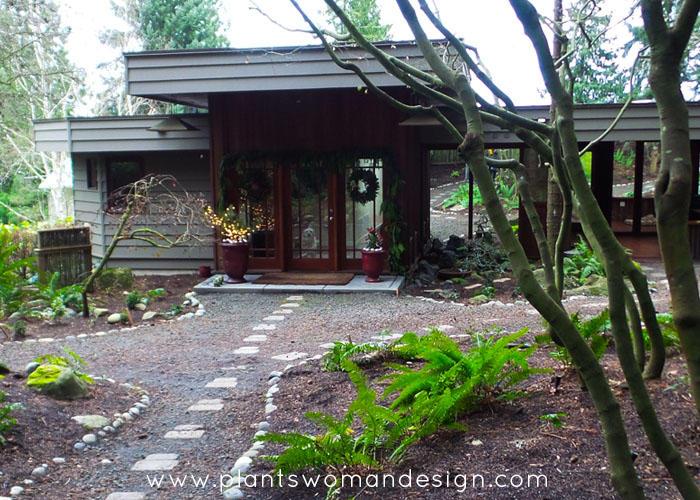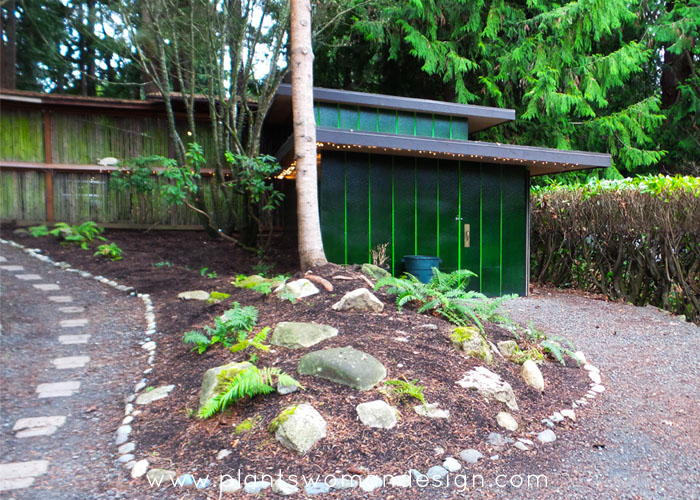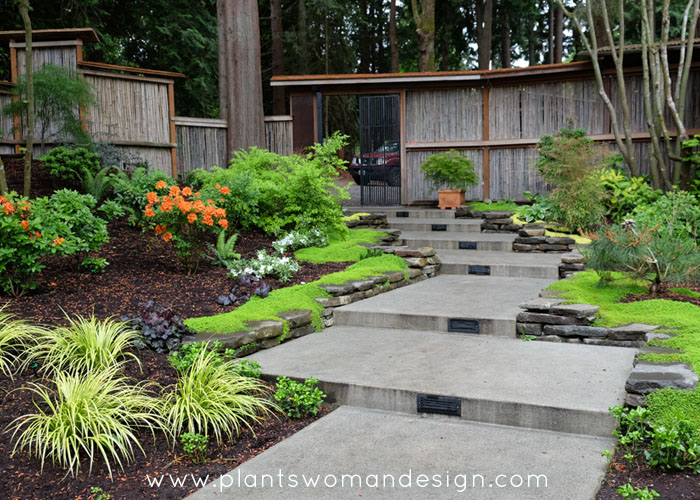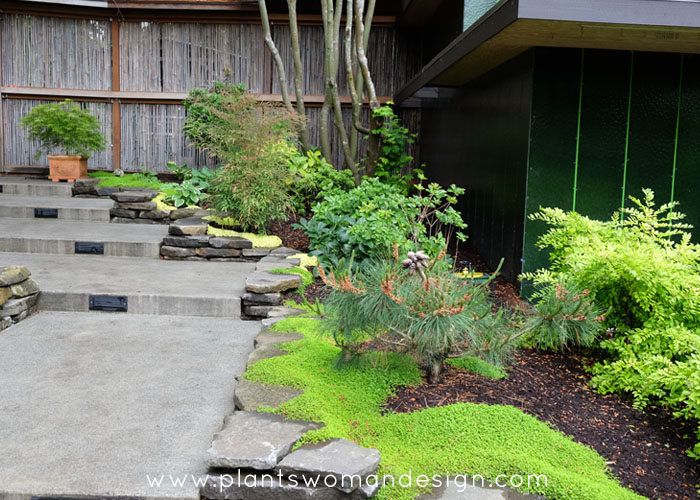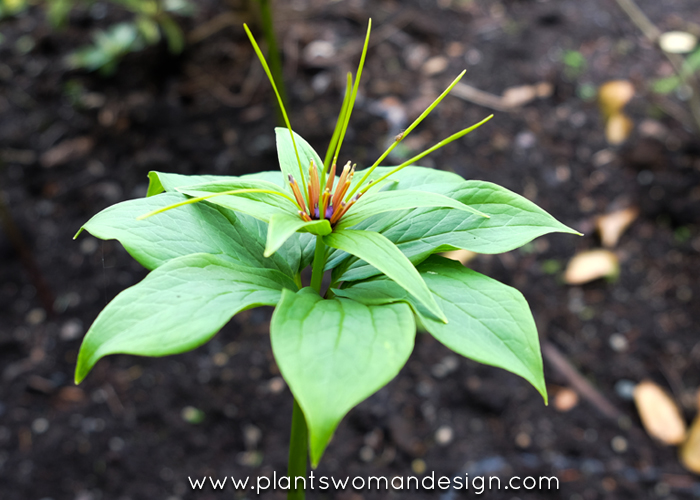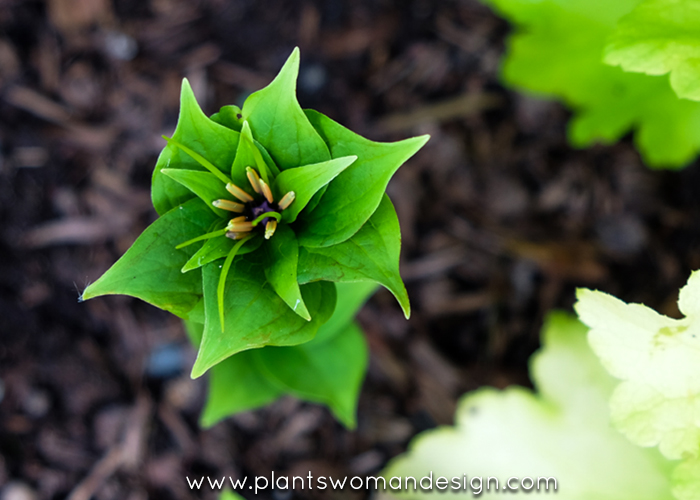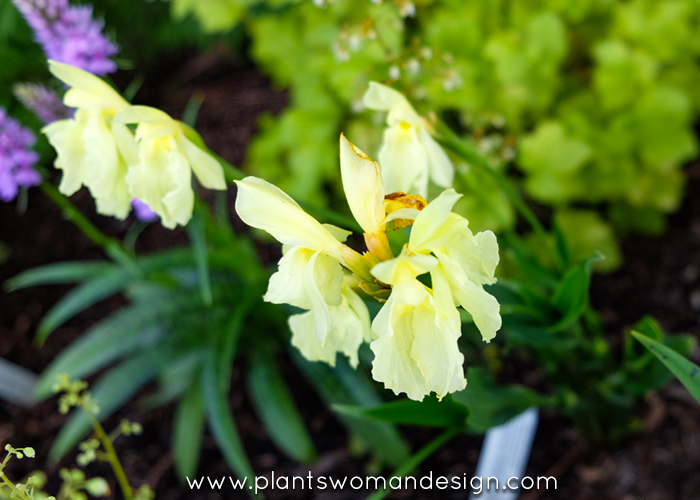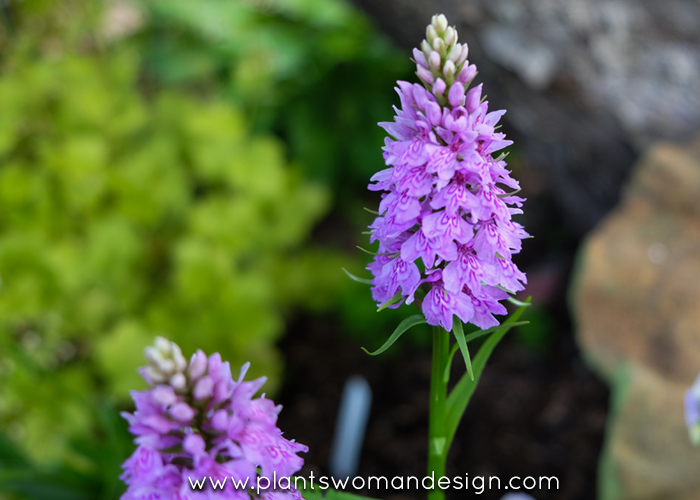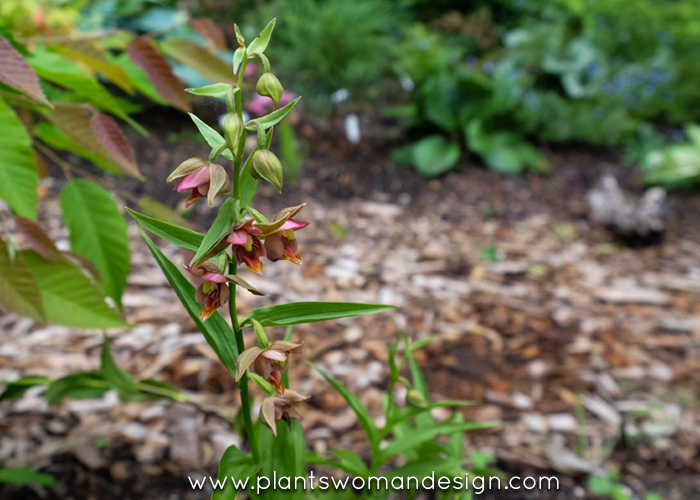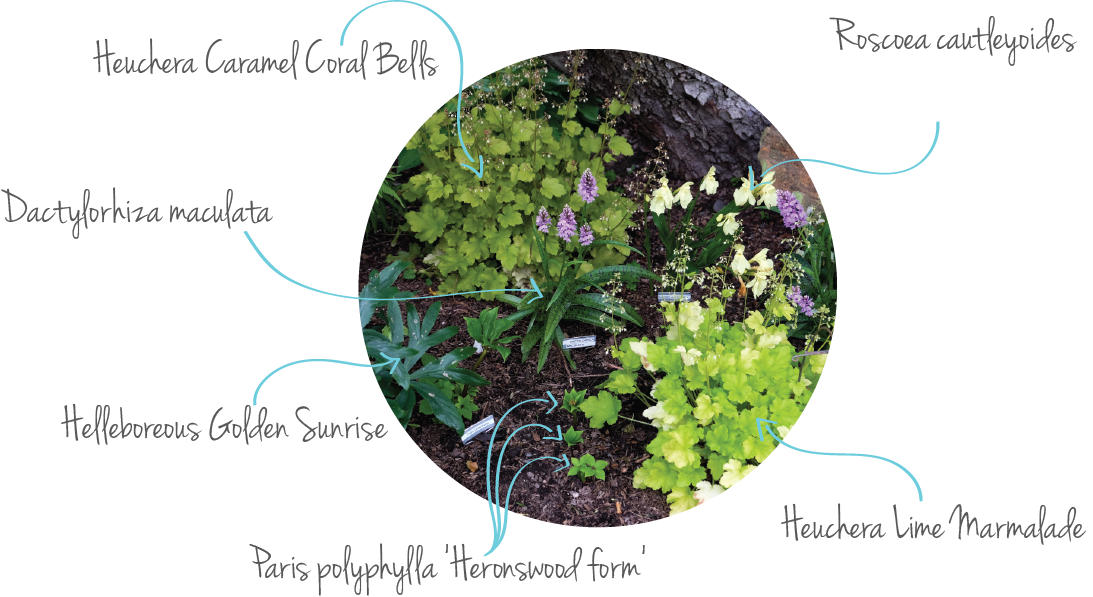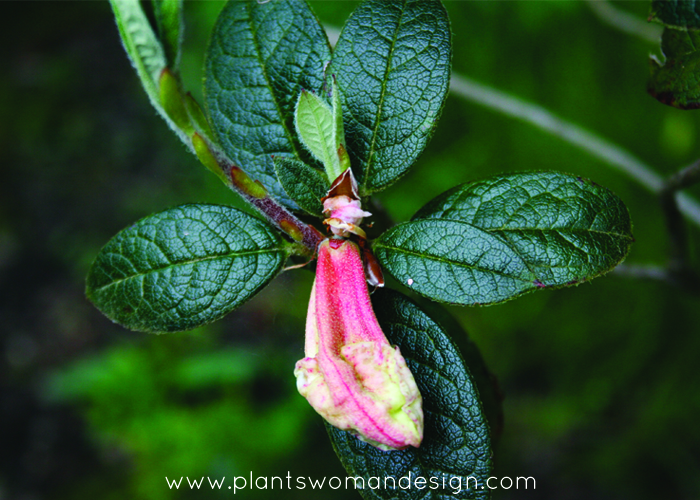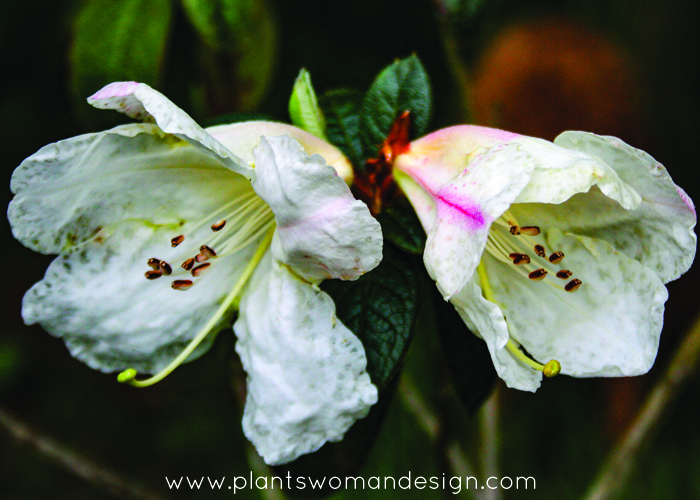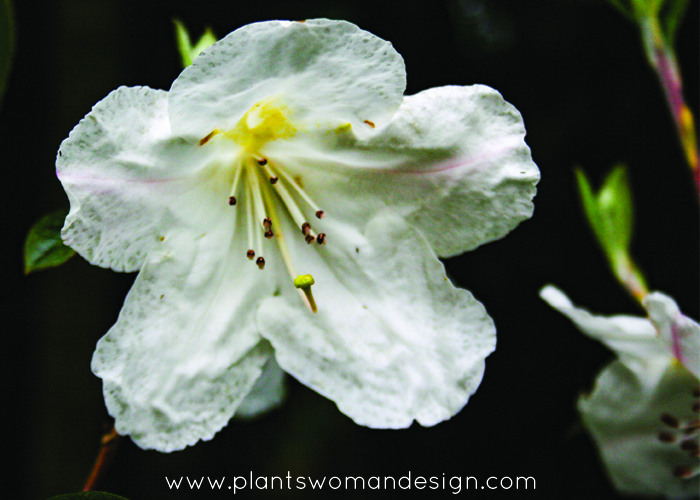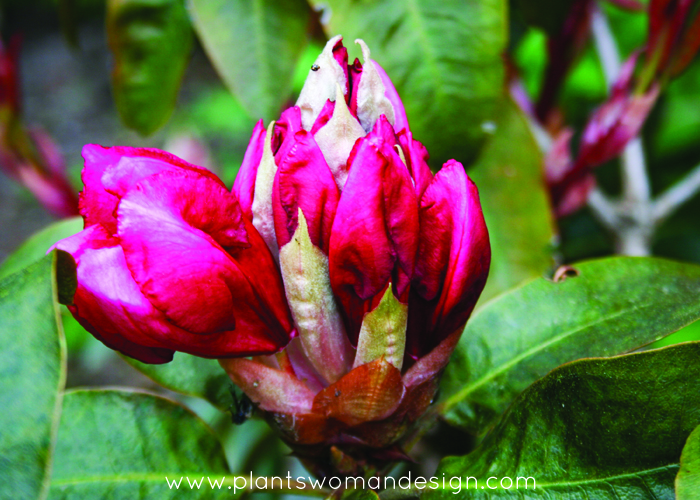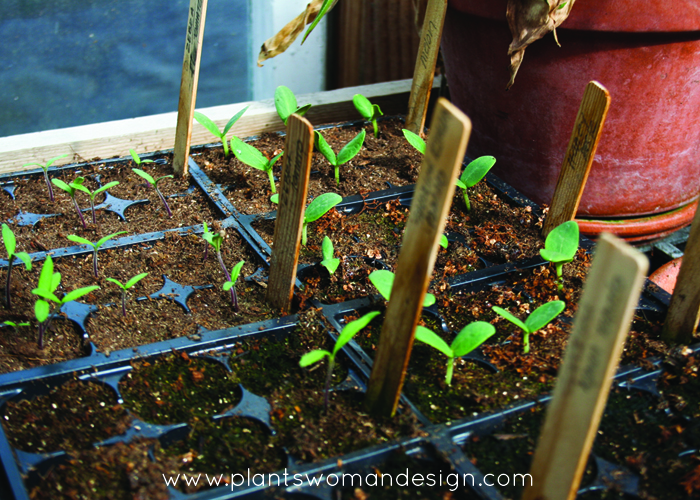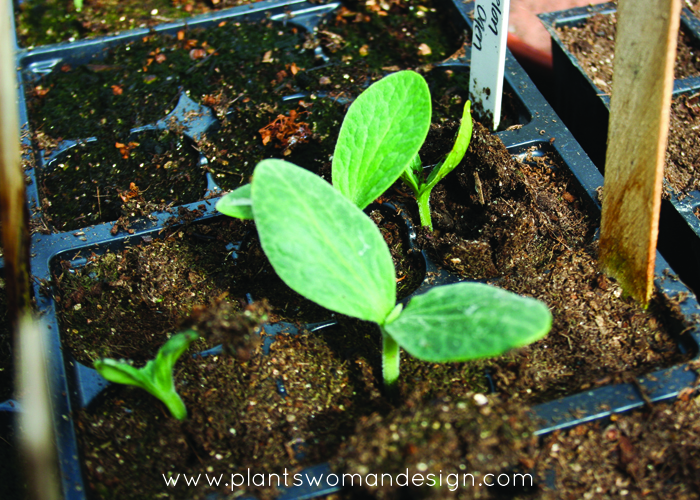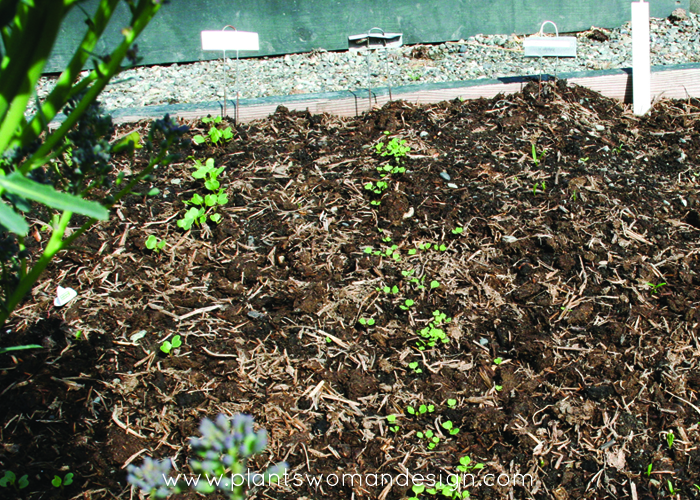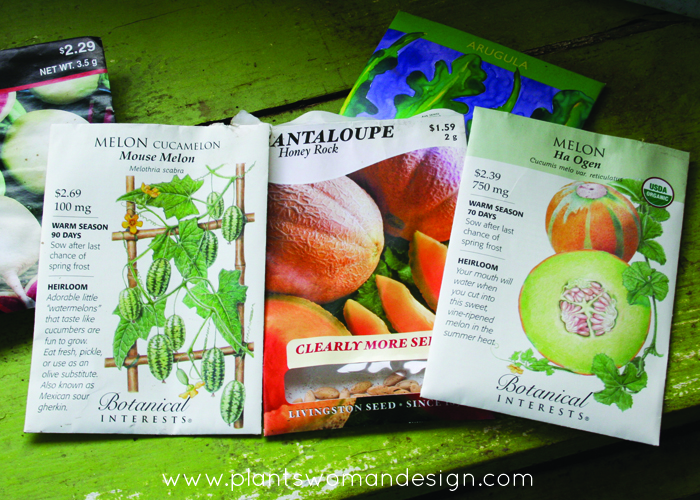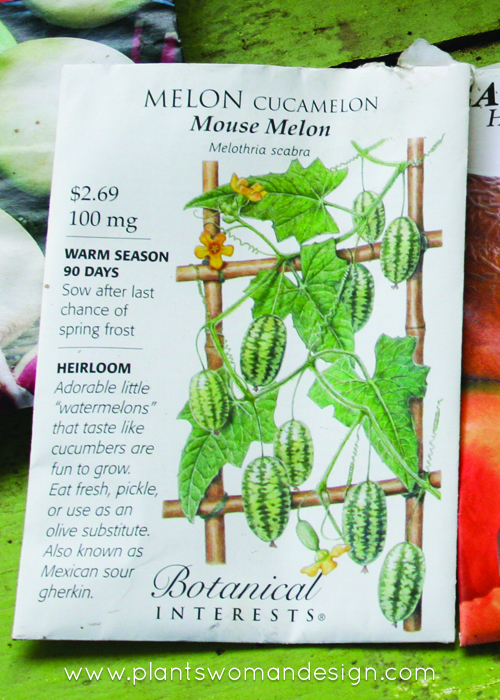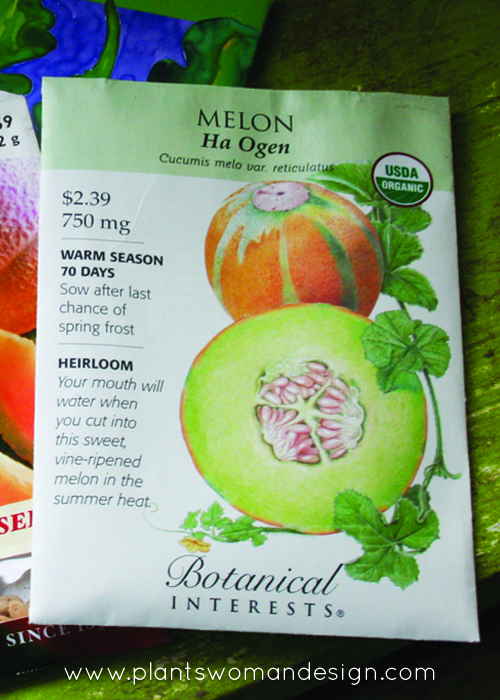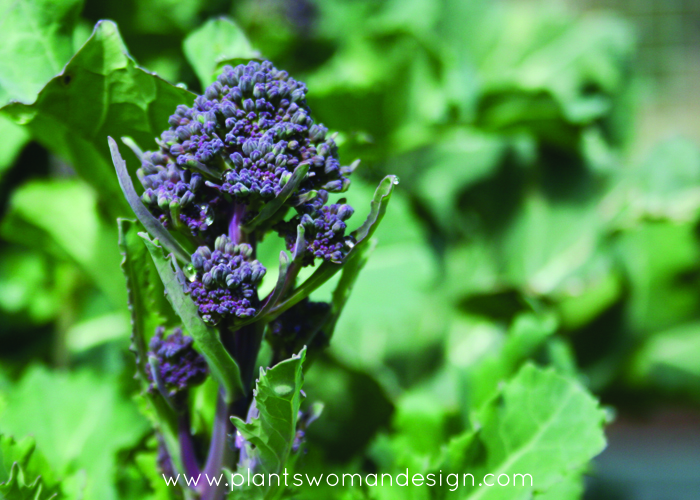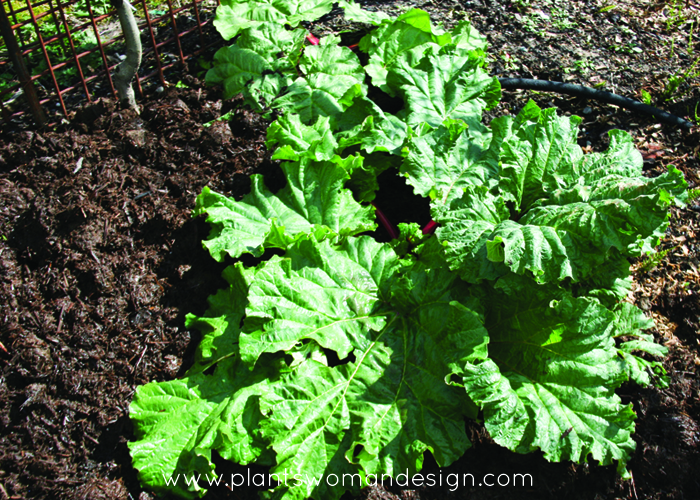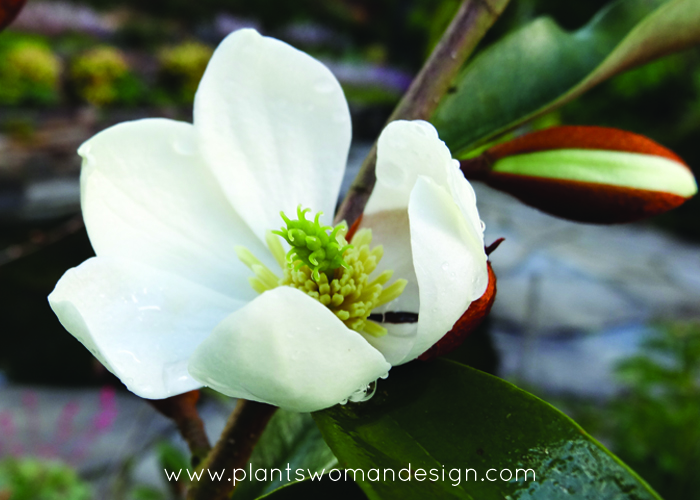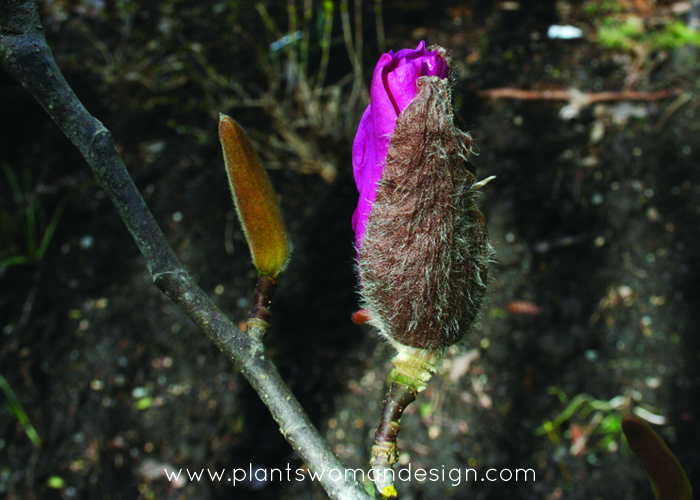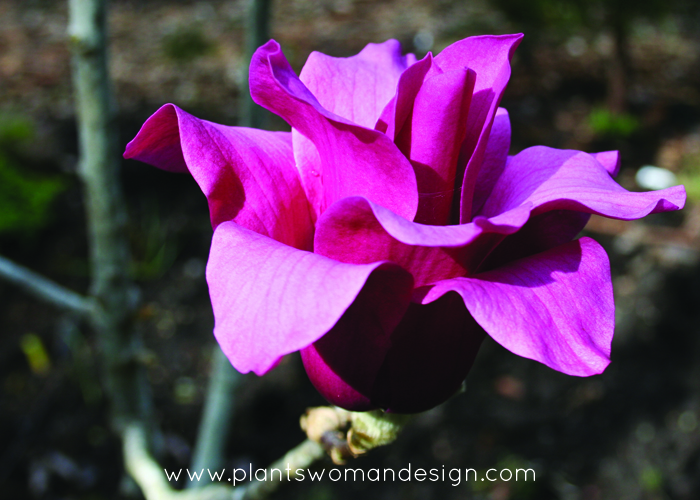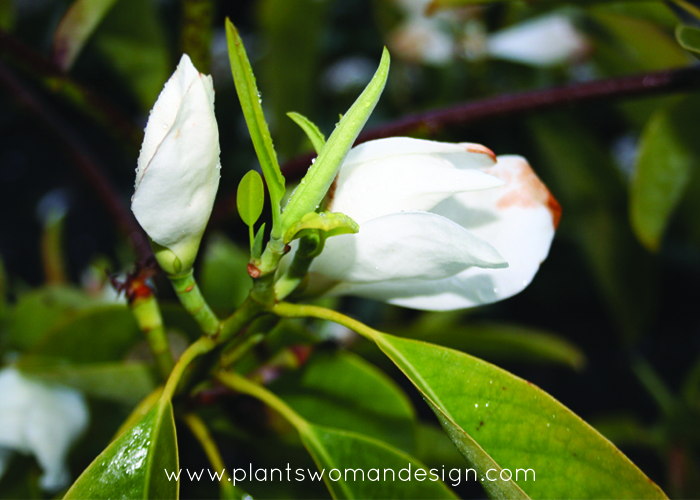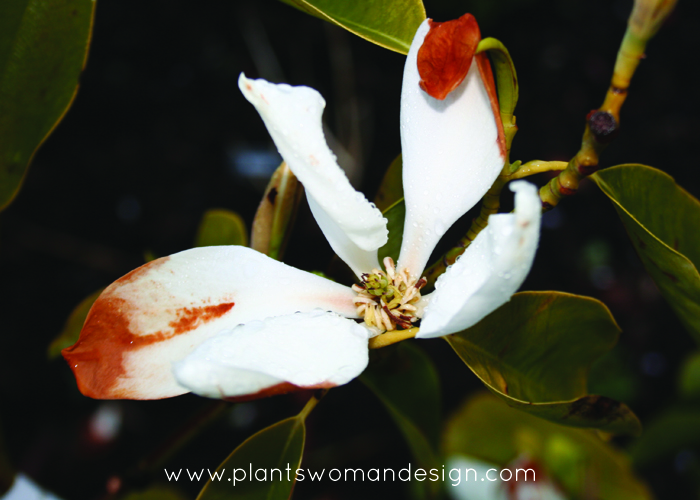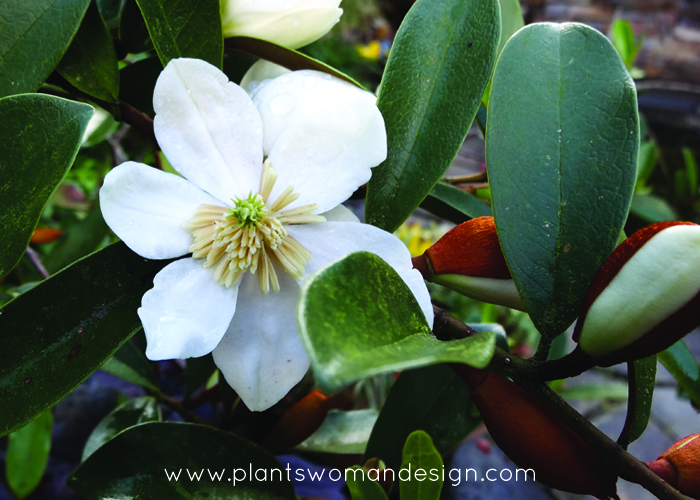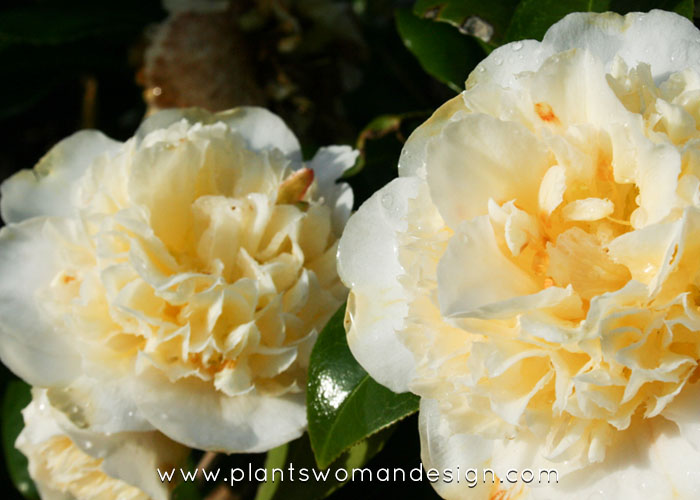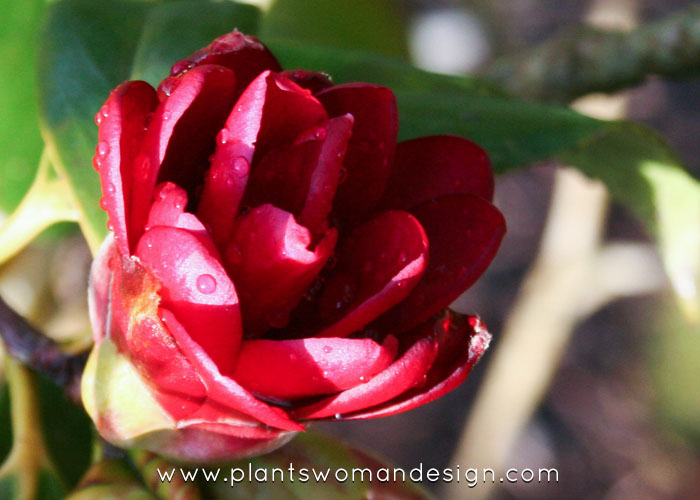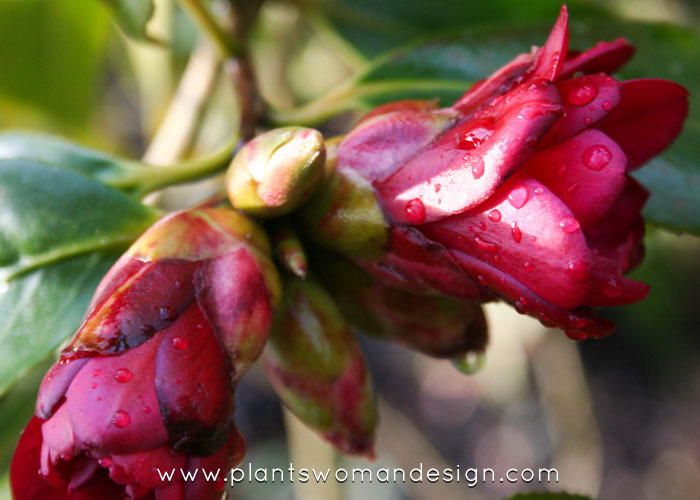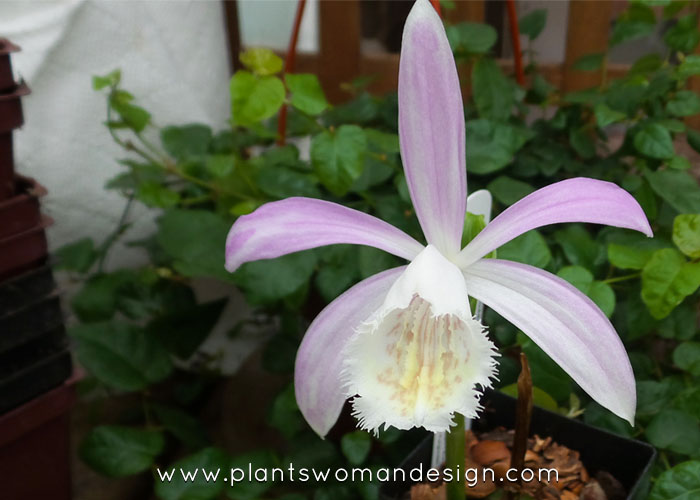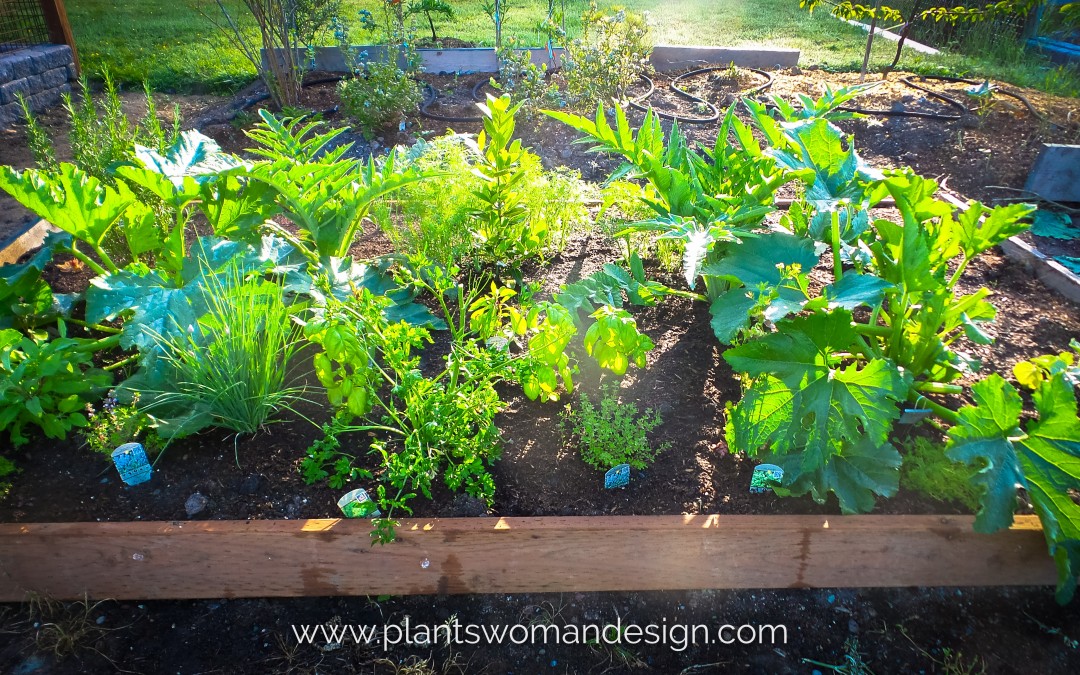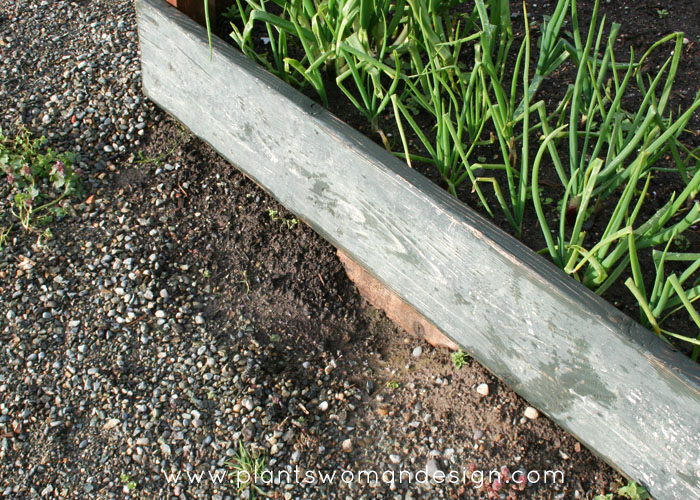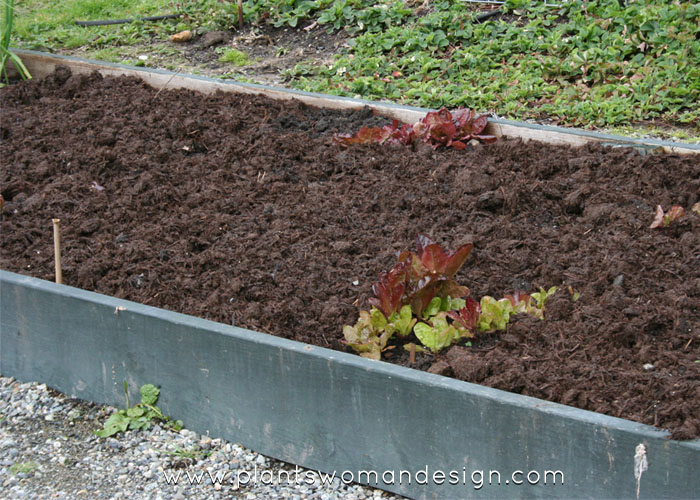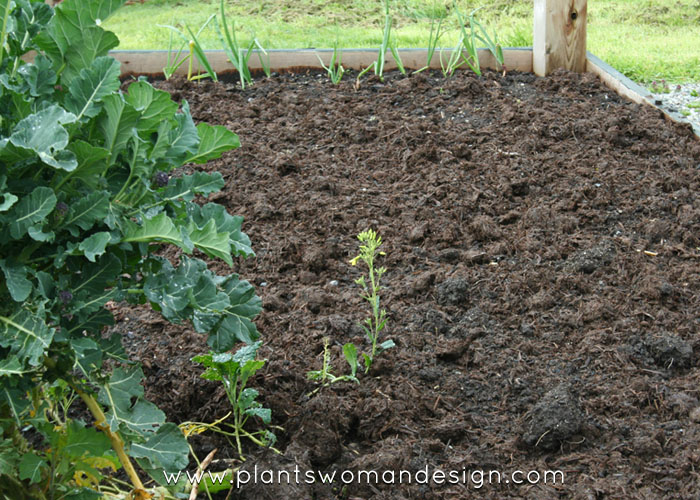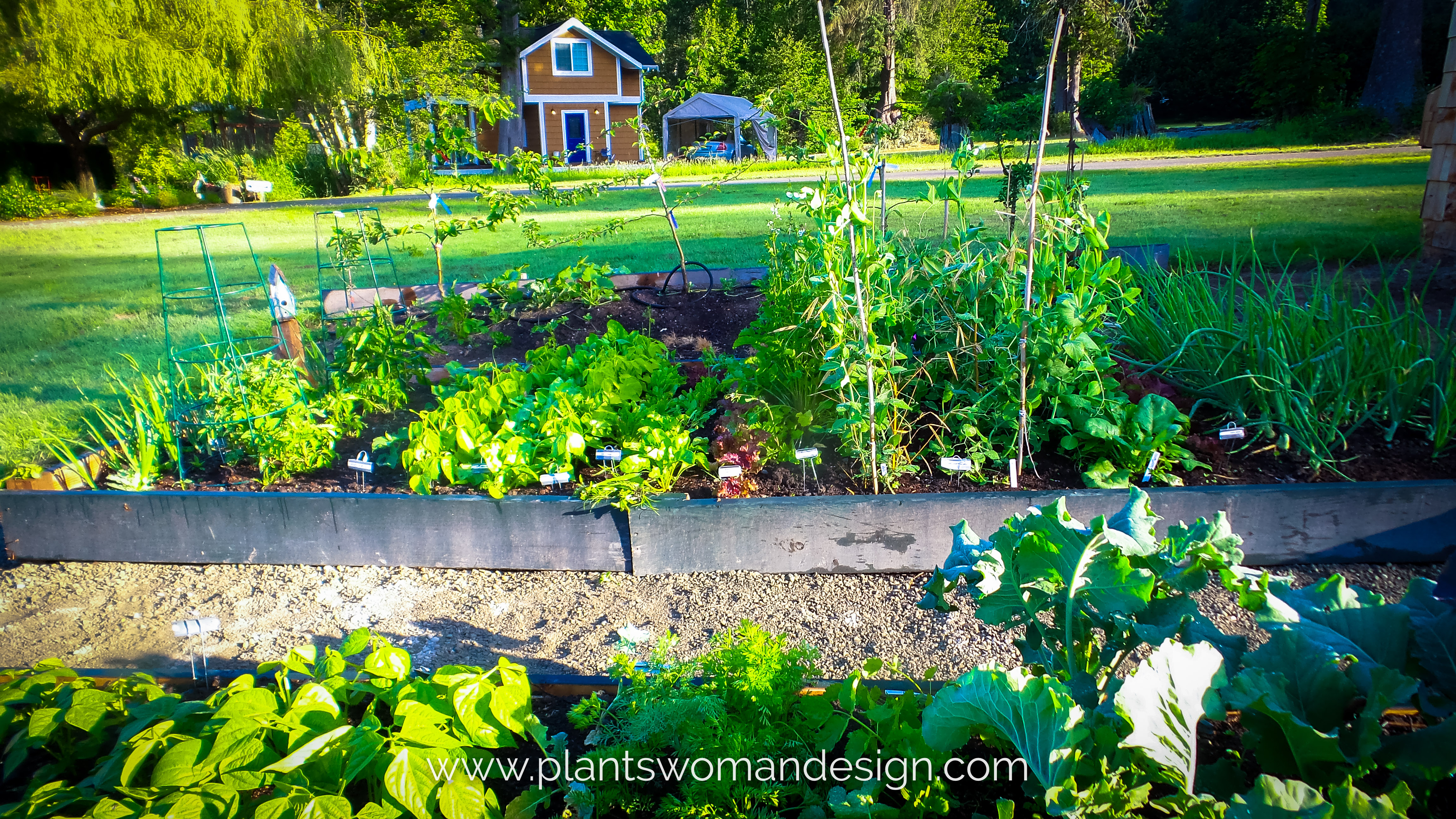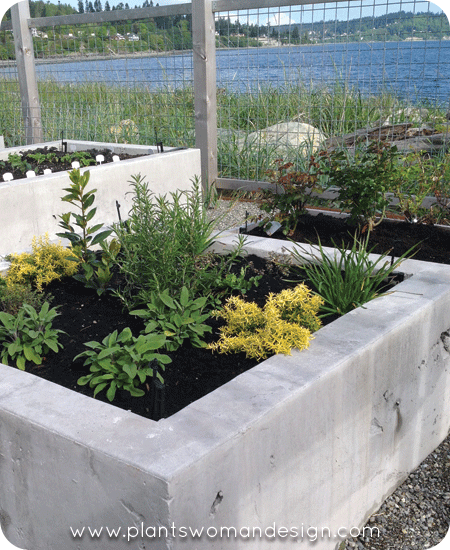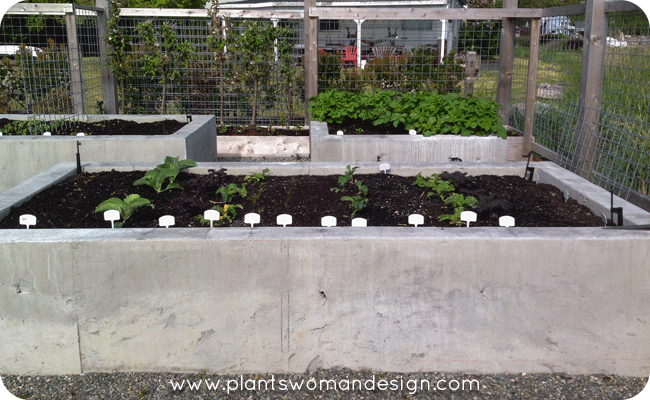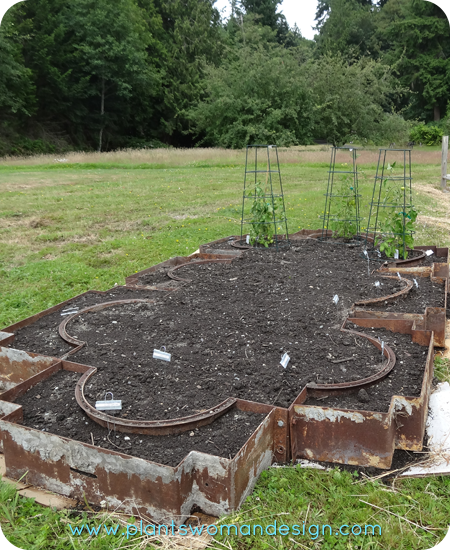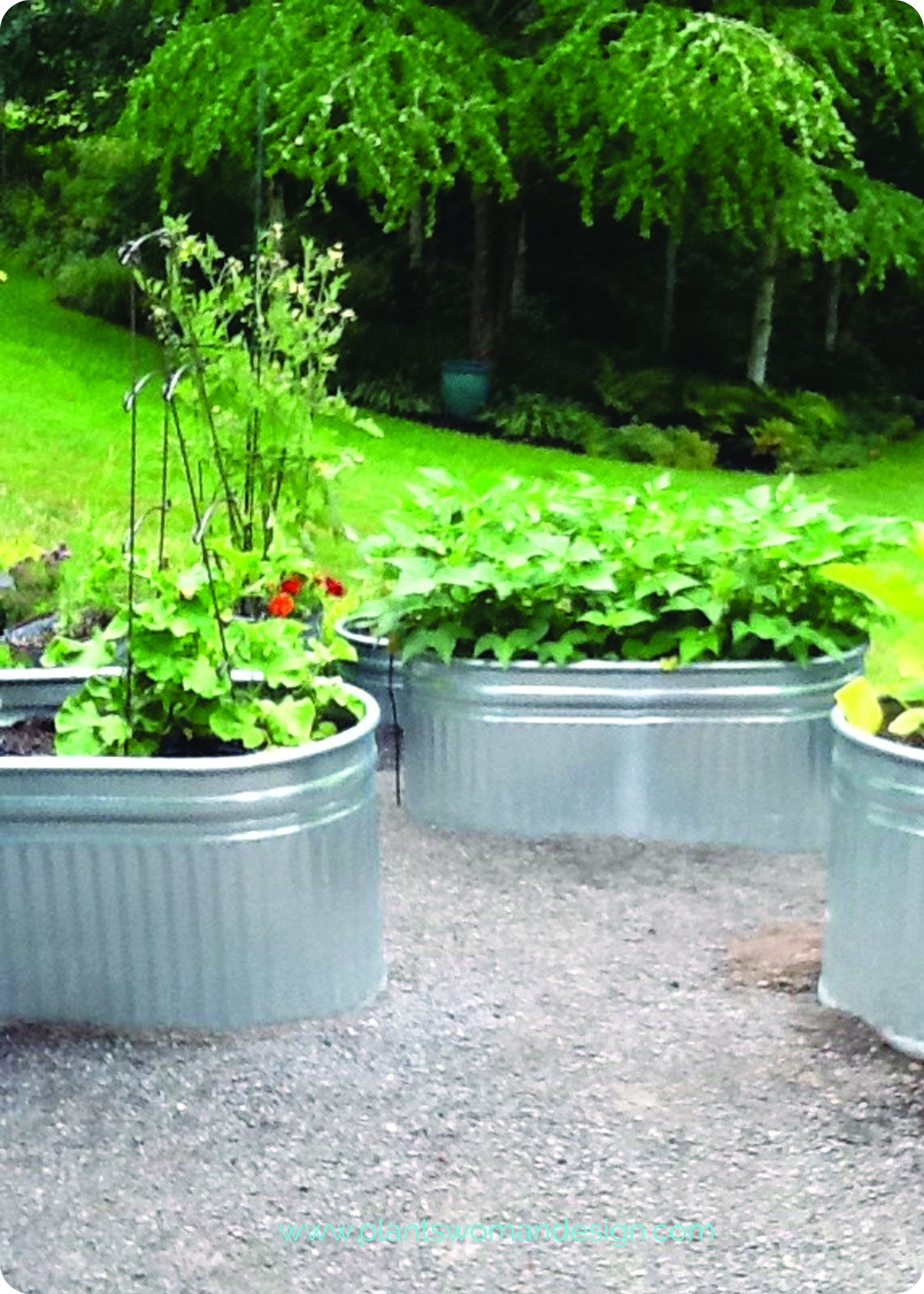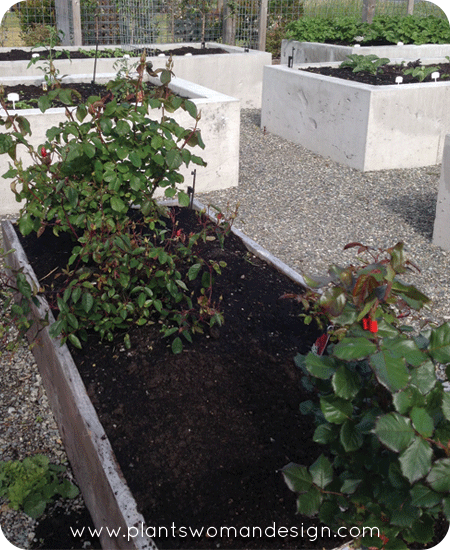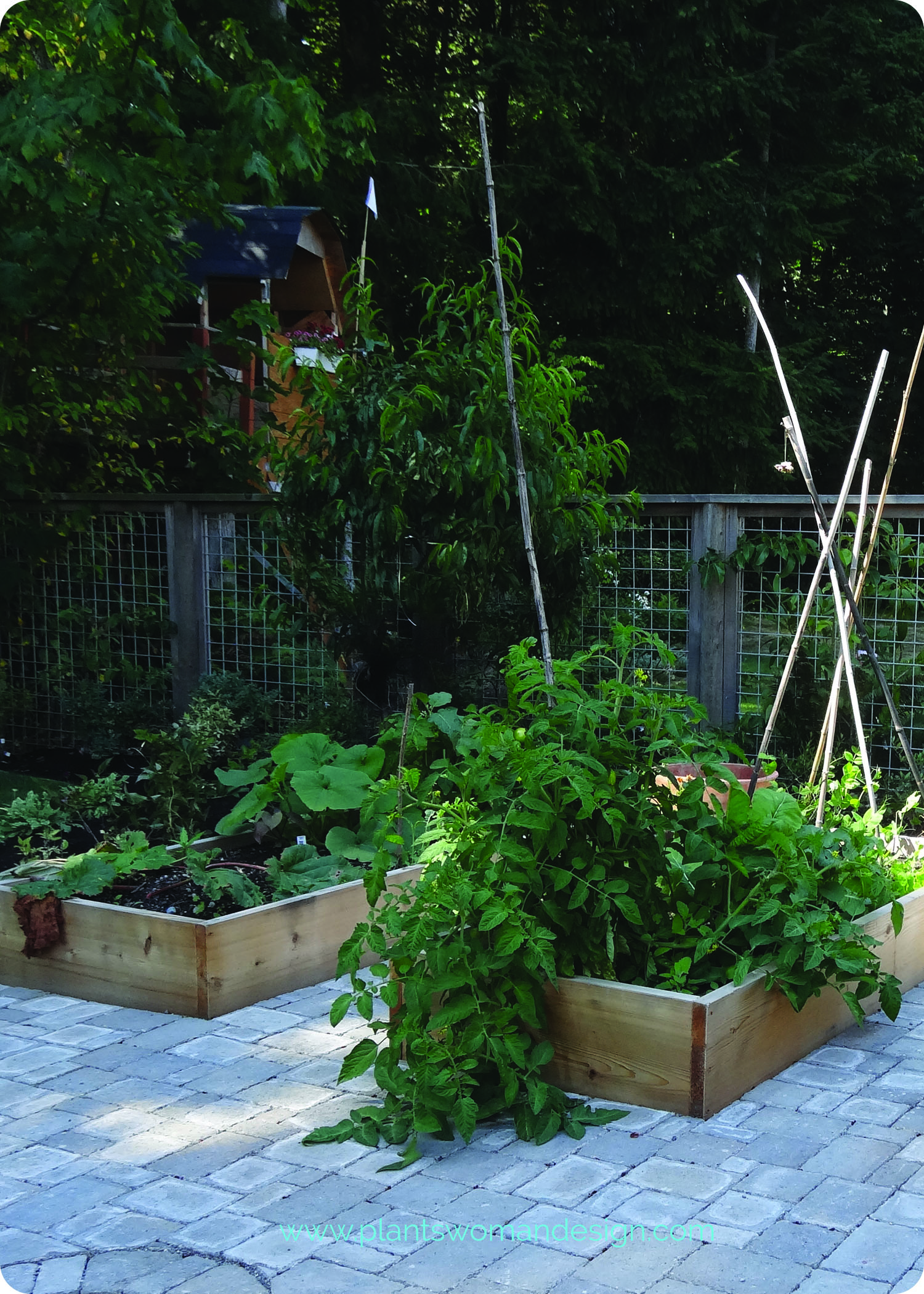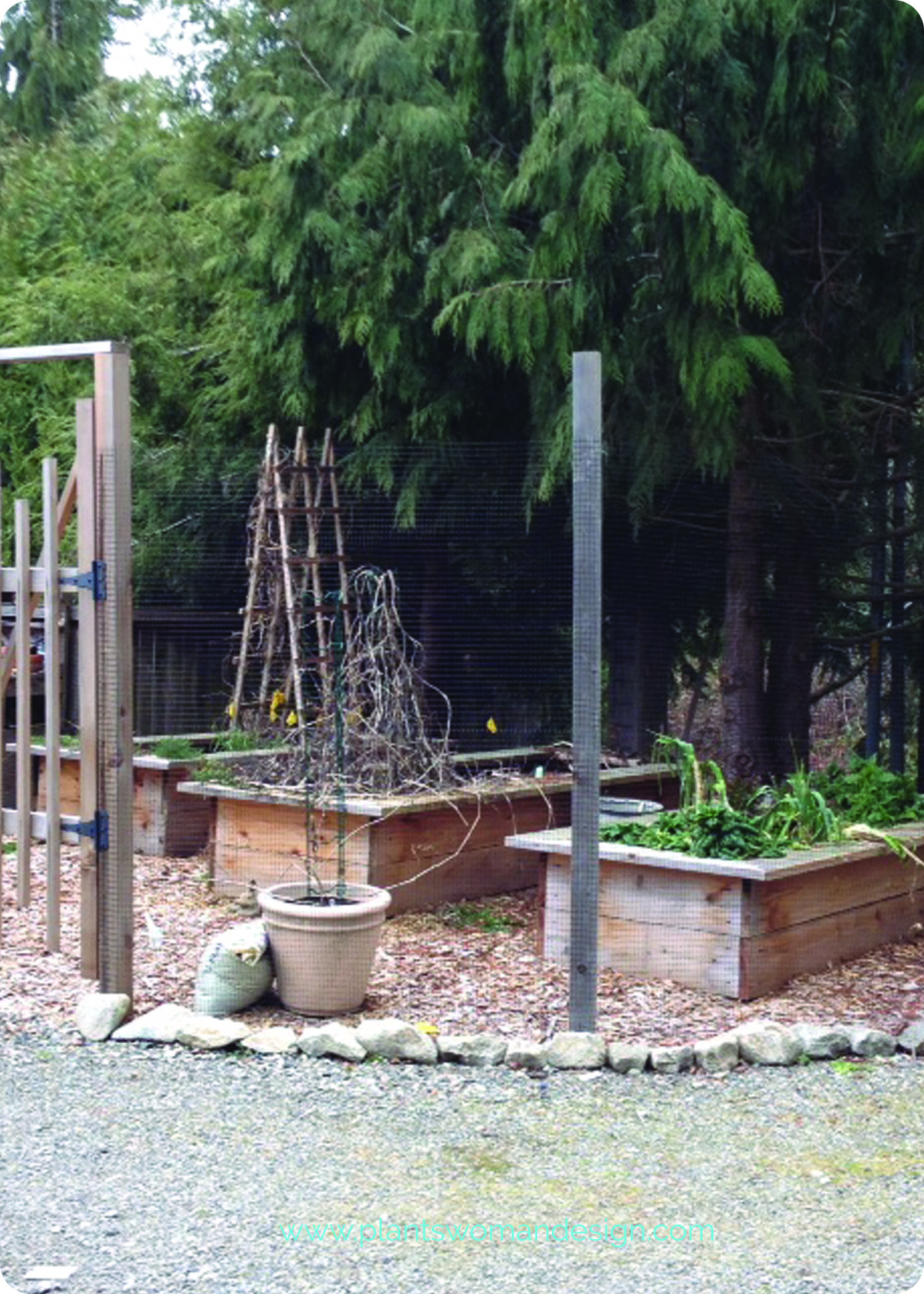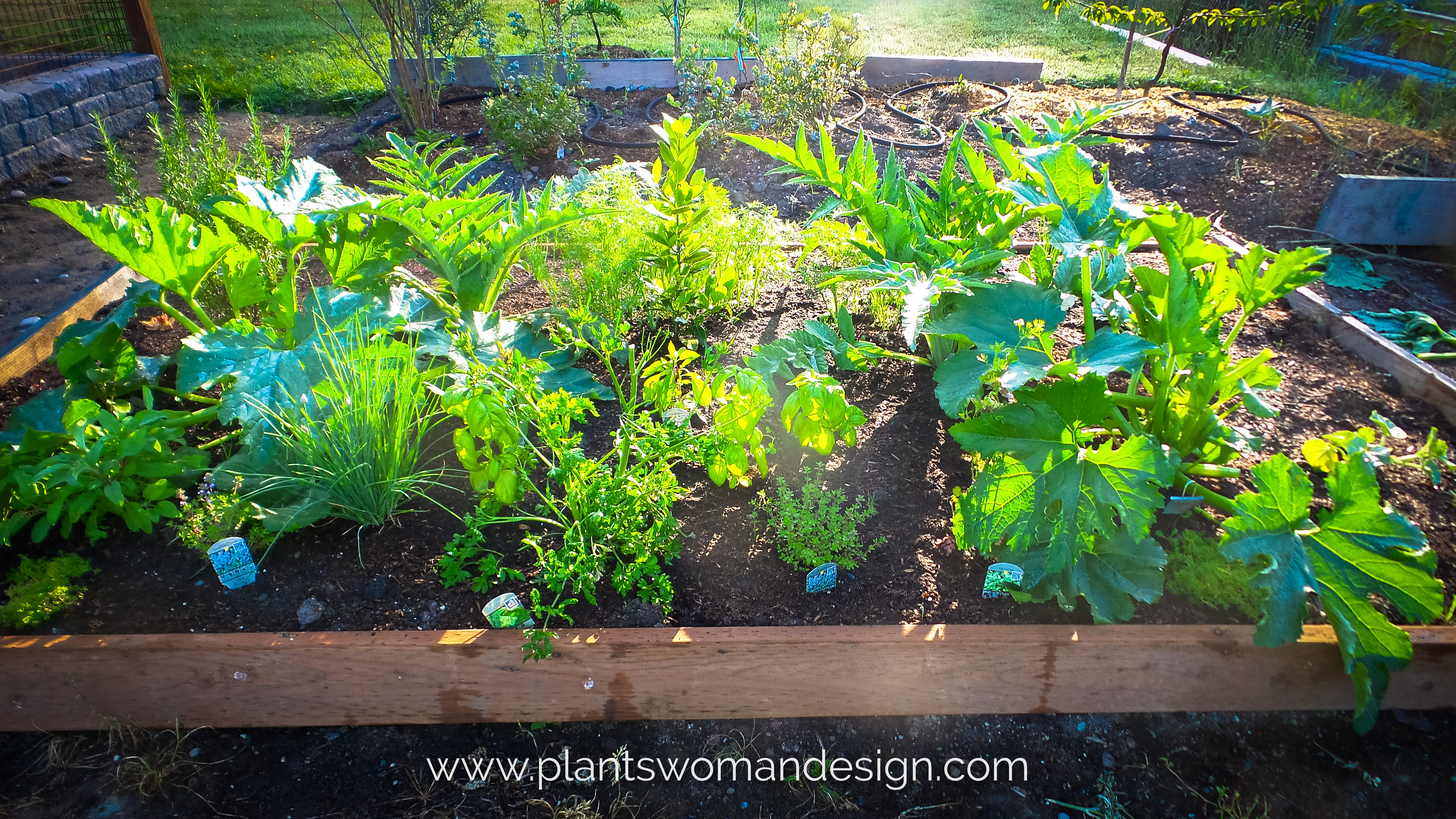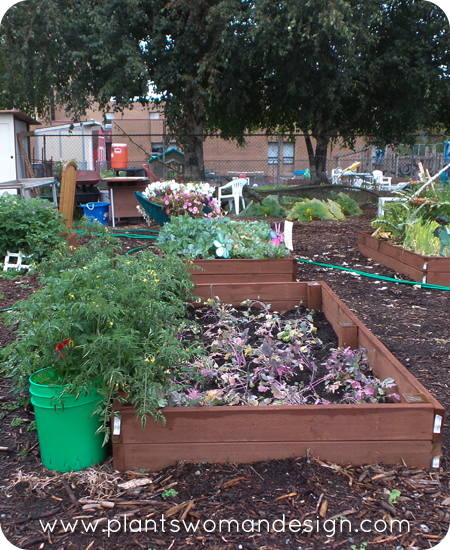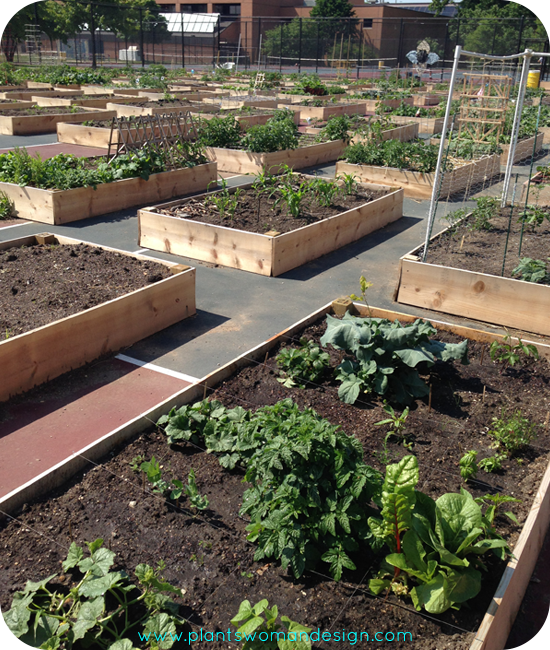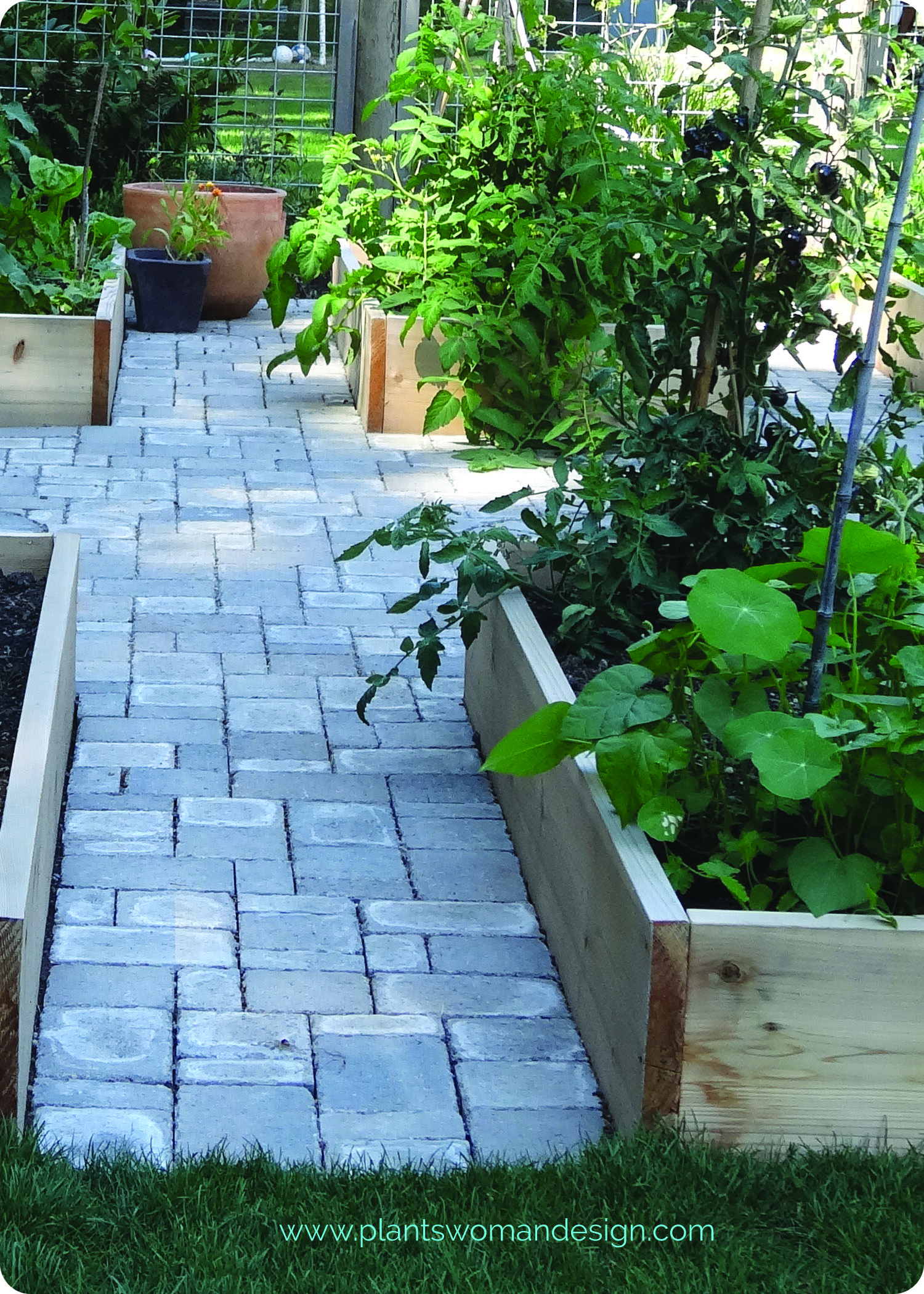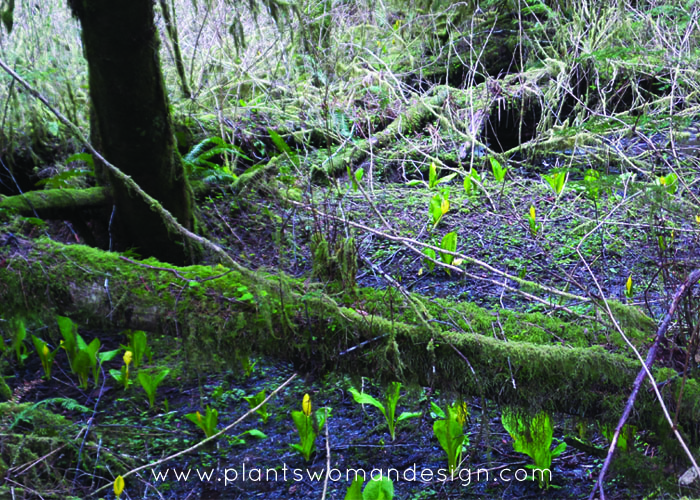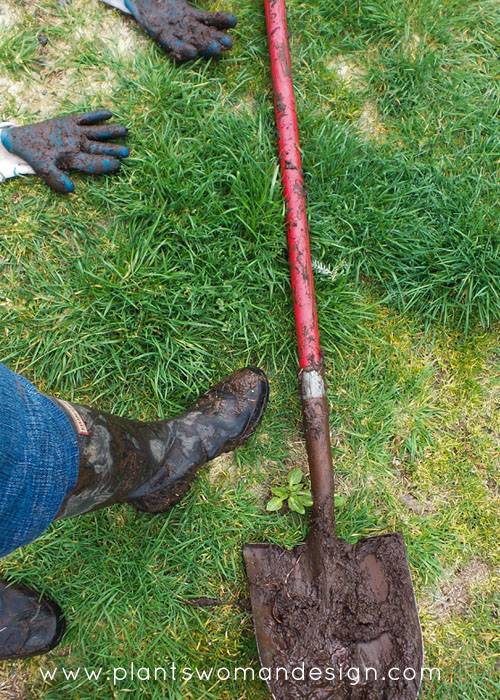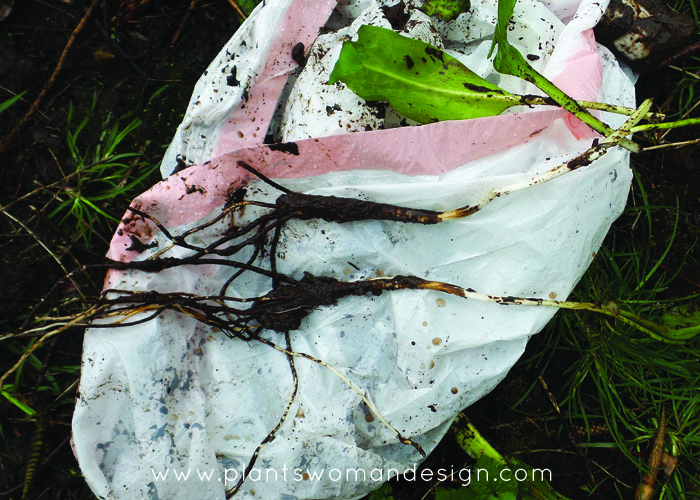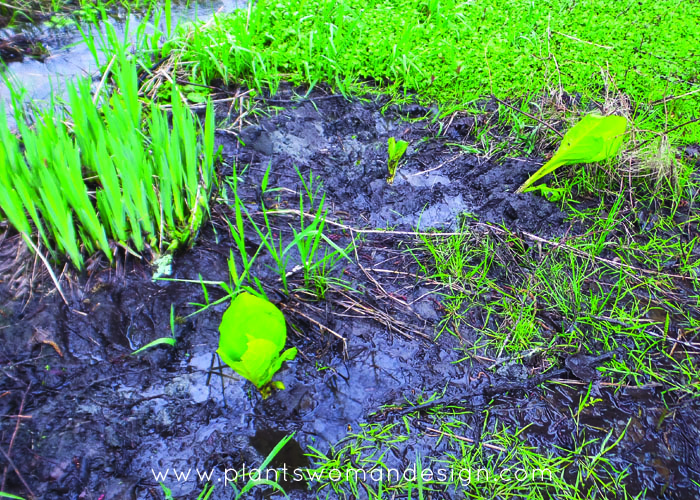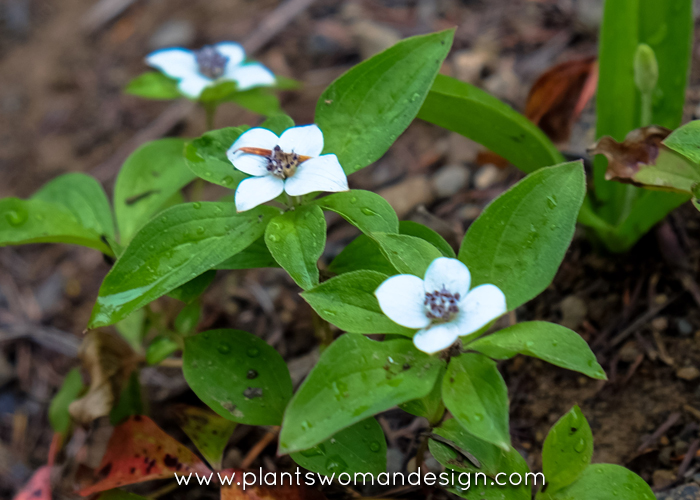
Outdoors, Where the Wild Things Are
One of the main reasons I left an accounting career to do garden design was so I could be outdoors. At first gardening was just a way to be outdoors and still make a living. Now gardening has turned into a passion, not just a job. However, I still look for ways to get outside. This past weekend it was a trip to the Tubal Cain trail. I like to mix in my love of plants with my love of outdoors. Often I’m left behind while I stop over and over to check out a plant that caught my eye.
I was hoping to see some wildflowers but did think it was a little early to see much. I never expected to see the native rhododendron (Rhododendron macrophyllum) in such amazing beautiful color. The understory of much of the trail was completely covered in blooming Rhododendron. In different phases of bloom and different colors of pink, the blooms went from deep pink purple to light cotton candy pink.
Along the trail on the way up there were brilliant red columbine Aquilegia Formosa tucked into shady places. The scree (gravel washes) had Cornus Canadensis, Saxifraga and Clintona uniflora or queen’s cup growing along the edge of the trail. Frittilaria lancelota was up and solid green. The tip of the flower had been formed but was still small and the same color.
My goal was to get to the alpine meadow at the end of the trail. The long slope was flowering with early spring/summer flowers. Mountain phlox, lupine, campanula, penstemon and Thalictrum were just beginning to bloom showing soft subtle colors this early in the year. As the summer progresses their colors will change to more brilliant shades.
We sat down to eat our lunch on a rock next to the trail, turned around and were surprised to see the large form of Mt Buckthorn in front of us. Clouds were moving around it and the sun was playing with shadows and forms on the snow.
Turning around after 2 ½ hours we came back down the trail still looking for a coral root. I finally spotted this hardy orchid and tried to get a good picture but all of the photos came out poorly. This photo is from the Native Plant Society of Washington.
If you get a chance to take a walk, go now. The Rhododendrons will be blooming for a couple of weeks still and the variety of wildflowers blooming will just keep getting better. The trail is an easy 8 – 10 miles round trip with elevation gain of only 1000 feet over 4 miles. Take your camera, pack your lunch, and have beer in the cooler when you get back. That’s the way to hike.

